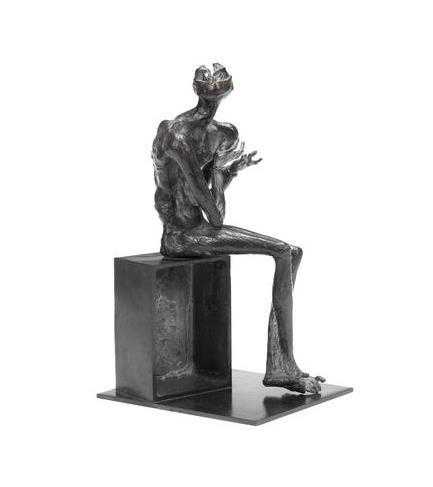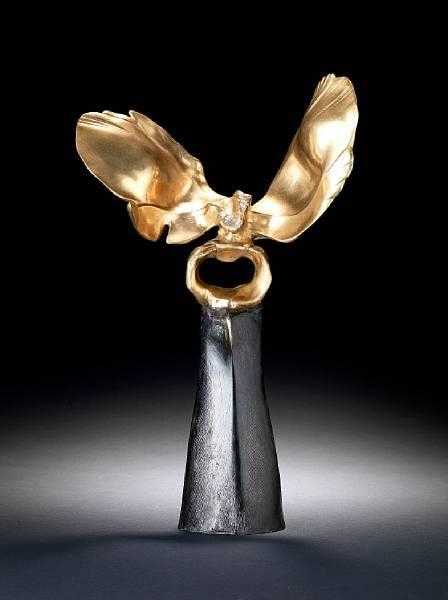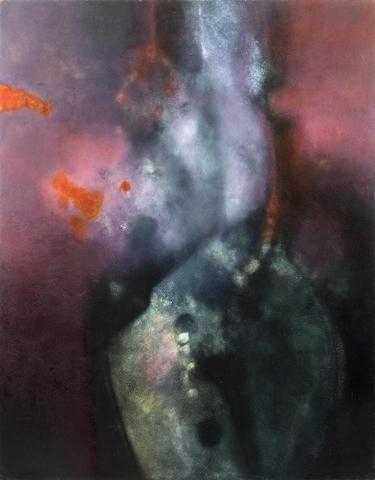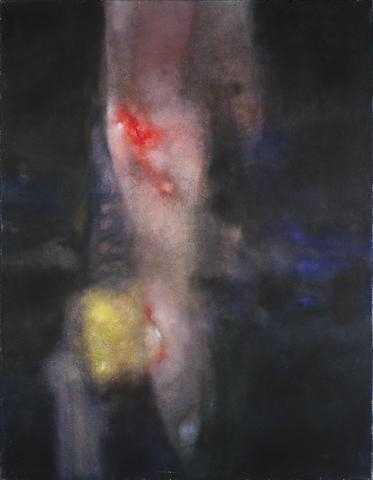- Hostage 1980
- Bronze
- Sculpture
- 15 * 13 * 35 cm
- Editions: 8
- Edition No. 2
- signed "B.DADKHAH 2/8" and dated "80" (on base), executed in 1980, the present work is two from an edition of eight
Artwork Description
Sculptor , painter and illustrator, Bahman Dadkhah is one of the most esteemed Iranian artists of the twentieth century. Having left Iran shortly after the revolution Dadkhah emigrated to Paris, where he came under the influence of the twentieth century European figurative sculpture tradition and associated with Iranian artists who had been inspired by the post-war French Avant Garde such as Bahman Mohasses and Bijan Saffari. Conceived of in the aftermath of the Iranian revolution, the moulds for the "Otages" series were brought out of Iran with the assistance of the French consulate and were later cast in France.
Exuding pain, tension and atrophy, the Otages series was Dadkhah's personal sculptural documentary of the fear and persecution that accompanied the Iranian revolution. Of particular concern for Dadkhakh was the sense of personal betrayal and infighting that characterized the post revolutionary era. Social upheaval and the overthrow of the ancien regime hand engendered a sense of extreme suspicion specifically amidst the urban population and intelligentsia, with score settling, accusations and kangaroo justice all used to cleanse Iran of its old political elites.
It is in this atmosphere of distrust and angst that the Otages series was created. Constrained, blindfolded and emaciated, Dadkhah's hostage has been disfigured by captivity. Seated on an empty carton and bound by the wrist and ankles, the Otages evokes the sense of an individual who has been summarily arrested, indicating the lack of due process and anarchy.
We must however remember that Dadkhah's hostage does not document an instance of physical restraint, but rather is a powerful emotive embodiment of the psychological anguish of its time. Contorted in musculature, shrill in posture and intimate in scale, Dadkhah's hostage is a powerful existential memoir of the spiritual malaise that accompanies revolution.
Exuding pain, tension and atrophy, the Otages series was Dadkhah's personal sculptural documentary of the fear and persecution that accompanied the Iranian revolution. Of particular concern for Dadkhakh was the sense of personal betrayal and infighting that characterized the post revolutionary era. Social upheaval and the overthrow of the ancien regime hand engendered a sense of extreme suspicion specifically amidst the urban population and intelligentsia, with score settling, accusations and kangaroo justice all used to cleanse Iran of its old political elites.
It is in this atmosphere of distrust and angst that the Otages series was created. Constrained, blindfolded and emaciated, Dadkhah's hostage has been disfigured by captivity. Seated on an empty carton and bound by the wrist and ankles, the Otages evokes the sense of an individual who has been summarily arrested, indicating the lack of due process and anarchy.
We must however remember that Dadkhah's hostage does not document an instance of physical restraint, but rather is a powerful emotive embodiment of the psychological anguish of its time. Contorted in musculature, shrill in posture and intimate in scale, Dadkhah's hostage is a powerful existential memoir of the spiritual malaise that accompanies revolution.
Realized Price
30,560 USD
Min Estimate
21,576 USD
Max Estimate
30,153 USD
Average Artwork Worth
+52.072%
Average Growth of Artwork Worth
Sales Performance Against Estimates
Average & Median Sold Lot Value
2021 - 2025
Performance vs. Estimate
2021 - 2025
Sell-through Rate
2021 - 2025
Similar Artworks
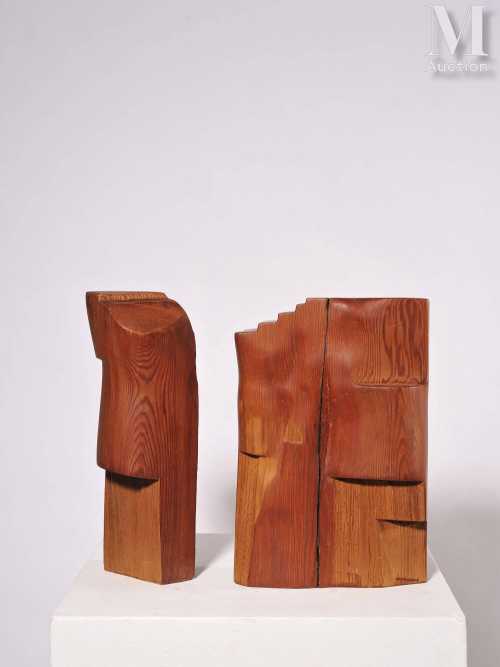
Untitled (3 variable parts)
Estimation
€7,400
7,898 USD
-
€9,500
10,139 USD
Realized Price
€10,000
10,673 USD
18.343%
Sale Date
Millon & Associés
-
25 April 2024
